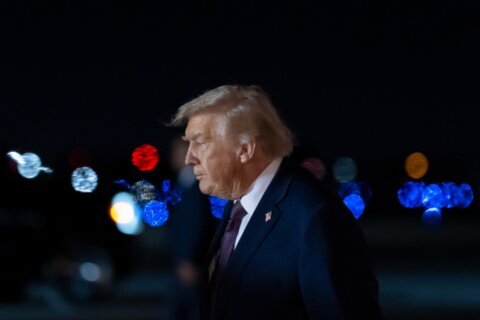WASHINGTON — Police organizations are reacting to President Donald Trump’s comments on how suspects should be handled — and the reactions are critical.
In a visit to Long Island on Friday, President Trump told police in Brentwood, New York, “When you see these thugs thrown into the back of a paddy wagon — just thrown in — rough! I said please don’t be too nice.” There was applause and some laughter from the crowd in attendance, but several police organizations, and the Suffolk County Police Department that serves the community where Trump spoke, were critical.
In a tweet after President Trump’s appearance, the Suffolk County Police Department’s Twitter account stated, “The SCPD has strict rules and procedures relating to the handling of prisoners. Violations of those rules are treated extremely seriously.” A second tweet read, “As a department, we do not and will not tolerate roughing up of prisoners.”
Chuck Wexler, executive director of the Police Executive Research Forum, said of Trump’s comments, “It just — it’s the wrong message.”
Wexler said police departments across the country have worked hard to regain trust lost in incidents dating back to the police beating of Rodney King in Los Angeles in 1991. “The last thing we need is a green light from the President of the United States for officers to use unnecessary force.”
The Police Executive Research Forum conducts a number of studies on policing and in March 2016 authored a study on the “Guiding Principles of Use of Force.” Currently the organization is collecting data from the Prince George’s County Police Department, which has agreed to team with PERF on a study of the use of force.
“What makes America what it is,” said Wexler, “Is that even people suspected of committing a crime deserve to be treated equally and fairly.”
The International Association of Chiefs of Police issued a statement saying, “Law enforcement officers are trained to treat all individuals, whether they are a complainant, suspect or defendant, with dignity and respect. This is the bedrock principle behind the concepts of procedural justice and police legitimacy.”







